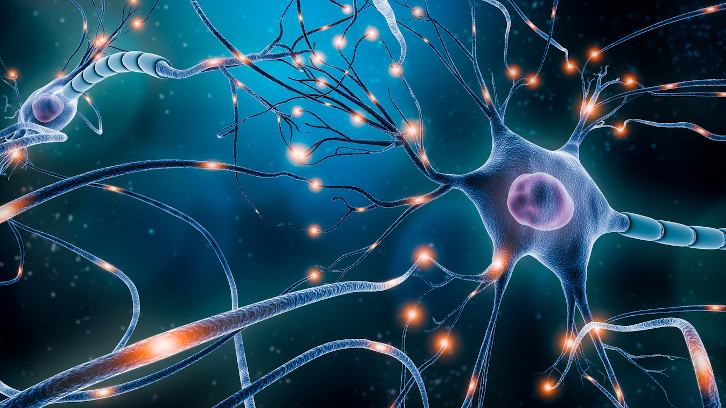Identification of endocannabinoids as biomarkers of gambling addiction

A study conducted in collaboration with the UAB has observed differences in fasting plasma concentrations of endocannabinoids between patients with gambling disorder and healthy control individuals. The results of the study will contribute to assessing the severity of the problematic gambling activity, monitoring therapeutic efficacy, and predicting treatment outcome and development of new pharmacological tools.
The endocannabinoid system (eCBs) is a complex intracellular signaling system that involves three core components (endocannabinoids, receptors, and enzymes) that contribute to regulating several physiological functions. Over the past few decades, the study of the eCBs has garnered closed attention in the psychiatry area due to its involvement in diverse neurotransmitter systems implied in several brain functions (such as cognition, emotion, and impulsivity). The eCBs could enhance motivation levels for different natural and learned rewards (e.g., palatable food, sex, money, or drugs), since stimulating dopaminergic signaling could play a key role in controlling behavioral responses.
Anandamide (AEA) and 2-arachidonoylglycerol (2-AG) are arguably the two most studied eCBs. It has been postulated that the action of these two endogenous ligands may regulate short- and long-term synaptic plasticity in areas related to reward processing, being dysfunctional changes in neuroplasticity linked to substance and nonsubstance addiction. Therefore, these components could be proposed as a potential therapeutic target in addictive behaviors, with the aim of reducing reward consumption and craving, as well as subsequent relapse.
Most of the results for eCBs in the psychiatry area have been obtained through the study of opioid effects in humans and animal models. But the empirical evidence available is low, particularly for other addictive conditions different to substance related disorders.
A study in which Professor Roser Granero (Department of Psychobiology and Methodology of UAB) has participated, aimed to assess the role of eCBs in patients who met clinical criteria for gambling disorder (GD). This is a behavioral addiction characterized by recurrent maladaptive gambling behavior with the consequence of clinical impairment. Specifically, we analyzed and compared overnight fasting plasma concentrations of AEA and 2-AG between the GD patients versus healthy control subjects. In addition, we also explored the potential mediating role of clinical and neuropsychological measures into the relationship between AEA and 2-AG with GD severity. The sample of this work included n=166 adult outpatients with GD (male and female, mean age 39 years old) and n=41 HC.
Our study showed that plasma AEA concentrations were higher in patients with GD compared with HC, but no differences in 2-AG were observed. In addition, we considered interesting that AEA and 2-AG concentrations were related to GD severity, with novelty seeking mediating relationships. Novelty seeking is a personality trait characteristic of individuals with preference for new experiences and novel stimuli with intense emotional sensations. High levels in this dimensions reflect excitement, are related with risk-related cognitive processes and predict risky behaviors (such as addictive acts).
The results of our work reinforce the hypothesis that cannabinoid receptors and their endogenous ligands could influence neuronal circuits (such as the mesocorticolimbic pathways) implicated in reward and addiction systems, including nonsubstance addictive behaviors. Since AEA and 2-AG may perhaps participate in the onset of problematic gambling and the progression to loss of control and compulsion in the development of GD, we believe that the plasma concentrations of both endocannabinoids could contribute to the accurate identification of endophenotypes and help to improve diagnosis and optimize personalized approaches addressed to prevent and treat this complex addiction.
Roser Granero
Department of Psychobiology and Methodology of Health Science
Universitat Autònoma de Barcelona
References
Baenas I, Solé-Morata N, Granero R, Fernández-Aranda F, Pujadas M, Mora-Maltas B, Lucas I, Gómez-Peña M, Moragas L, del Pino-Gutiérrez A, Tapia-Martínez J, de la Torre R, Potenza MN, Jiménez-Murcia S. (2023). Anandamide and 2-arachinodoylglycerol baseline plasma concentration and their clinical correlates in gambling disorder. European Psychiatry, 66(1), e97. doi: 10.1192/j.eurpsy.2023.2460

